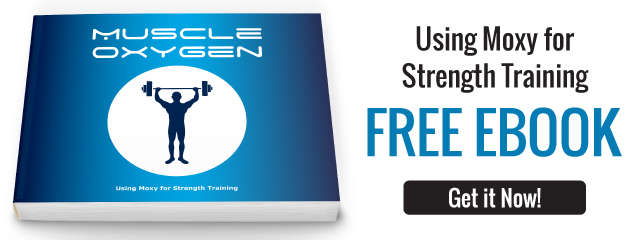Reflection on the National Strength and Conditioning Association Coaches Conference
Earlier in January, we attended the National Strength and Conditioning Association Coaches Conference in San Antonio, Texas. Using NIRS for assessing the physiologic limiter and guiding the training of endurance athletes is becoming more broadly accepted; using NIRS for Strength and Conditioning Training is less established, but perhaps represents an even larger opportunity for the technology.
Endurance trainers and athletes are used to employing physiologic information like heart rate, blood lactate and VO2 to guide their training. However, these types of physiologic information have not typically provided useful information for S&C training, either because of the time lag between performance and measurement or because of limitations on the practicality of field use of the measurement.
Researchers and S&C trainers are now finding that NIRS provides useful information for guiding training, and that Moxy is a practical device to use in field testing. We’ve seen several applications starting to develop in this space. These include the following:
- Using Moxy in assessments to determine which physiologic system is limiting performance.
- Monitoring recovery.
- Guiding interval training.
- Guiding the number of reps and sets for strength training.
- Optimizing the load for strength training.
Landon Evans from the University of Iowa gave a presentation at the NSCA Coaches Conference that included his thoughts on training philosophy and an overview of what he’s started to do with NIRS. Landon described how both Performance Analysis and Physiologic Analysis are important for training of athletes. He also described how he has begun using Moxy in his own “Mobile Lab.” He compared the data from three team sport athletes who had different performance levels with respect to speed and endurance. He also showed some physiologic effects from a previous injury that were not so apparent in the performance data alone.
At the Conference, we met with many S&C coaches and trainers from both large and small programs that are also looking to incorportate muscle oxygen monitoring into their programs. Some are completely new to the technology, while others have been following it for some time and are now ready to use it for themselves.
It’d be great to see forward thinkers in the strength and conditioning coaching world start to take advantage of the phyisiologic data that Moxy can provide. Based on the discussions we had with trainers and coaches at the show, this is only the beginning.


